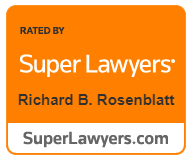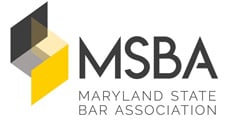Debtors with steady income may qualify for a Chapter 13 bankruptcy. As described by CreditKarma.com, you may personalize a three-to-five-year payment plan to repay creditors. This may provide a workable option to restructure your debts by consolidating them into an affordable monthly payment schedule.
To qualify for a Chapter 13 plan, you may not earn more than Maryland’s median income. The qualification process also considers your marital status and how many individuals live in your household.
Which debts may a payment plan include?
The bankruptcy court requires your petition to include all eligible debts in your payment plan. The court requires proof of good standing on priority debts such as taxes and financial support resulting from a divorce. You must also include the fees associated with your case.
Chapter 13 bankruptcy generally allows filers to keep cars and homes. If you have a secured loan the court may require you to pay it in full by the end of the plan. Your unsecured debts, such as credit cards and medical bills, come after your priority and secured obligations. They may still have unpaid balances at the end of your payment plan.
How do I set up my payment plan and what happens when it ends?
You may draft a reasonable repayment plan by working with your legal team. The court requires you to submit it within two weeks of filing your petition. The trustee overseeing your case must approve your plan and agree to accept your payments.
If you miss a payment, the court may dismiss your case. When you complete all your payments as agreed, however, the court may discharge the remaining balances left on your outstanding unsecured debts.
A Chapter 13 bankruptcy provides options to overcome overwhelming financial issues. You may qualify to restructure your debts and improve your situation while you work and earn income.






